Watershed 101

What is a Watershed?
An area of land where water from rainfall or snowmelt all drains to the same water body, such as a lake, river, or stream. Watersheds can be defined at drastically different sizes, from over a million square miles down to a few miles around an inland lake.
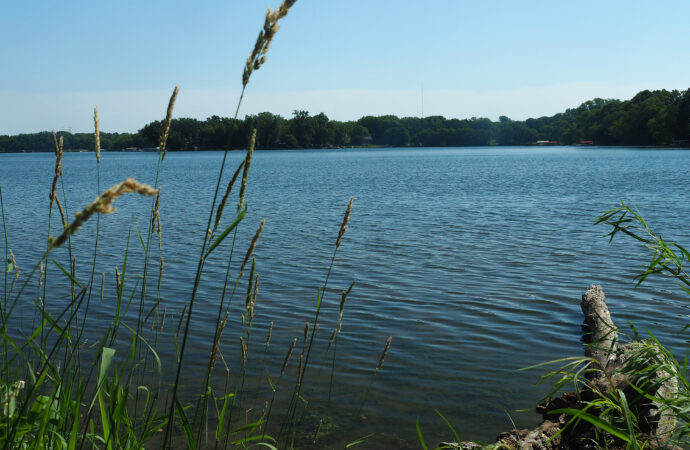
What is a Watershed District?`
Watershed Districts are special purpose units of government whose boundaries are based on water flow. We solve and prevent surface water related problems, such as clean water protection, erosion control, and flood risk mitigation. Watershed Districts do not have jurisdiction over drinking water. We also are a regulatory body that prevents construction related erosion, flooding, or stormwater pollution through our permitting and inspections program.
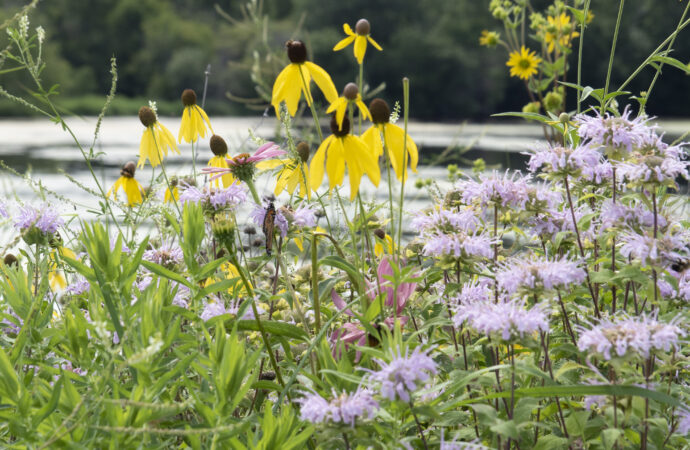
Who manages the watershed?
In addition to a watershed district or watershed management organization, a variety of other organizations are involved in managing stormwater within their political boundaries. Cities and counties often hold permits for operating and maintaining their stormwater systems. State agencies like the Board of Soil and Water Resources, the Minnesota Department of Natural Resources, and the Minnesota Pollution Control agency may also have oversight over specific aspects of watershed management.
More information on Minnesota watershed legislation and history is available on our Minnesota Watershed History page.
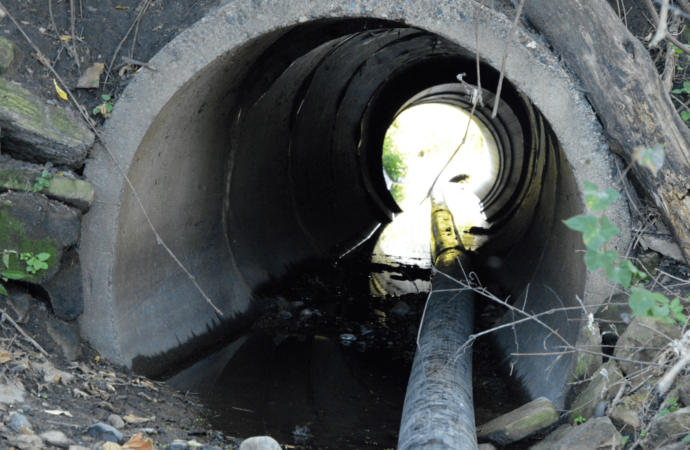
What is stormwater runoff?
When it rains or snow melts, this water flows over our sidewalks, driveways, and streets until it reaches the stormwater system. The stormwater system is a series of pipes, swales and ditches that allow water to travel quickly to our lakes, ponds, and streams. Unlike the water that goes down the drain in your home, stormwater is not treated before it ends up in your local water body.
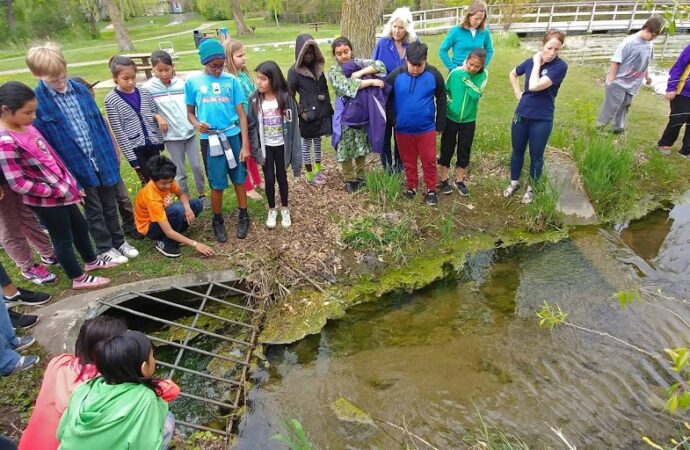
How do our stormwater systems work?
The primary goal of a stormwater system is to quickly and efficiently move water from streets and properties to an area that can store that volume of water: typically a lake, pond, or stream. Most stormwater systems in the District are a series of underground pipes, which all eventually lead to an outlet to the Mississippi River. You can learn more about the largest section, called the Beltline Interceptor.
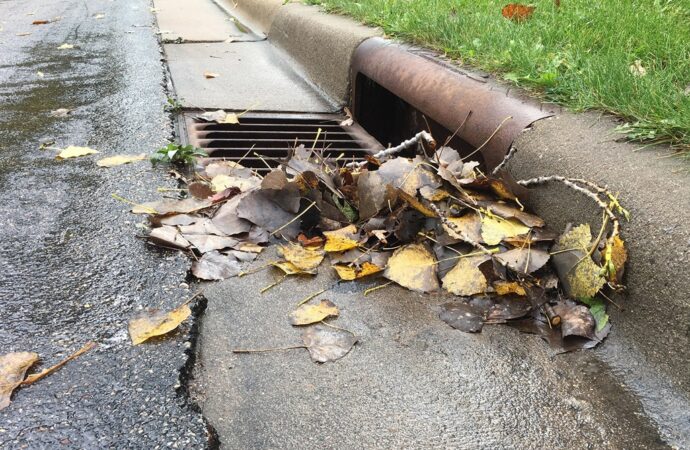
What is stormwater pollution?
Stormwater picks up sand, road salt, grass clippings, lawn chemicals, and other potential pollutants as it flows over the land on its way to the storm grate. These substances in the water lead to increase in chemicals like phosphorus or chloride that can harm aquatic wildlife or create ideal conditions for algae growth. More information on these pollutants and how they are measured is available on our water monitoring page. Looking to reduce water pollution in your city? Check out our What You Can Do page.